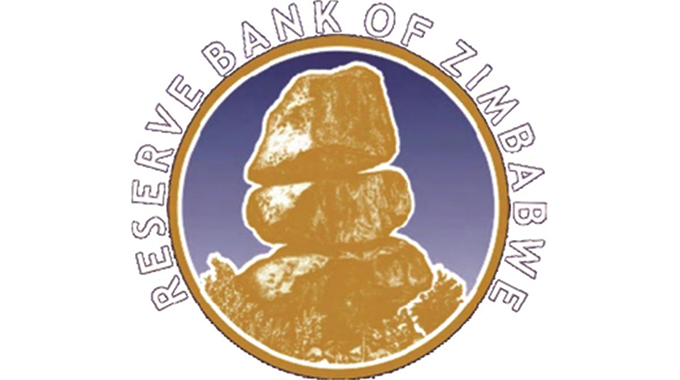Editorial Comment: Forex savings bonds tonic for economic upturn

Last week, the Reserve Bank of Zimbabwe, announced that it had introduced a US dollar-denominated savings bond as it seeks to mobilise foreign currency from holders of Foreign Currency Accounts (FCAs) including individuals and corporates.
The bond is also targeting millions of Zimbabweans who are working abroad. At an interest rate of 7,5 percent per annum, the bond offers very handsome returns.
Some of the features the bond has include a minimum tenure of a year, tax exemptions in line with Government policy; liquid asset status and being tradable and acceptable as collateral for overnight accommodation by the central bank.
The floating of the US dollar denominated bond is part of ongoing efforts by the central bank to encourage savings.
While researches have shown that long-term savings are one of the cheapest sources of funding to support economic growth particularly in developing nations, Zimbabwe’s saving ratio has been very low, making it one of the countries with worst savings rates in the region.
In the Southern African Development Community region, the average savings ratio to GDP is 10 percent.
The US dollar denominated instrument will complement the existing RTGS dollar/ZWL savings bond, which was introduced in 2017 to mop up excess liquidity.
“In order to promote a savings culture and to provide reasonable returns on FCA nostro account deposits and US dollar cash held by individuals and firms, the bank is with immediate effect, introducing US dollar-denominated savings bonds alongside the current ZWL$ denominated savings bonds,” said central bank.
It is our firm belief that all things being equal, the central bank should be able to harness a significant amount of foreign currency particularly from the Zimbabweans living in the Diaspora given its high interest rate.
Harnessing more foreign currency will also help the country build enough resources to back the local currency.
Zimbabwe is also facing a dollar crunch and the savings bond will form part of a multi-pronged approach to mobilise hard currency it needs to support its external position.
Remittances have proved to be very critical sources of foreign currency for African countries.
Inflows have more than quadrupled since 1990, reaching $40 billion in 2010 and the new bond will make sure Zimbabwe is not left out.
According to the World Bank, average savings by Africans living abroad amount to US$50 billion per year, which is higher than the US$30 billion needed for infrastructure per year.
However, the bulk of the money is kept in foreign accounts aboard.
This reflects the potential loss for Africa including Zimbabwe and the move taken by the Reserve Bank is encouraging.
Remittances have worked wonders in other African countries such as Ethiopia, which successfully mobilised billions of dollars through the issuance of similar bonds to finance public investments.
In Ghana, Diaspora savings is estimated to be as high as 85 percent of gross national savings.
However, we would like to make it clear that while the RBZ savings is a potential game changer given the high interests rate, which is being offered for the US dollar denominated bond, which would naturally create huge appetite for the instrument, low confidence levels may significantly constrain the noble efforts by the RBZ.
Why do we say so? When people save money, they are foregoing present consumption so that they can consume more in future.
So they must have faith in markets and consistency of policy.
If the market are characterised by low levels of confidence, it will be difficult to mobilise savings, more so foreign currency denominated in a country experiencing a dollar crunch.
This is the major challenge we foresee judging from the previous trends.
When the Reserve Bank of Zimbabwe introduced a savings bond in 2017, when the rate of the surrogate currency was at par with the US dollar, (and the country was in a multi-currency implying the investment was in US dollars) it was well subscribed.
There also are people in the Diaspora who invested in the bond because it also offered a good return. However, on return of the Zimbabwe dollar in June, the US savings were converted to local currency at 1:1. Similarly, individuals, who had their US dollar accounts when the Government introduced bond notes in 2016, suffered same fate.
In addition, if we also look at our domestic debt before dollarisation, it was US$9,5 billion, but Finance and Economic Development Minister Professor Mthuli Ncube now regards the debt as having decreased to $8,8 billion (Zimbabwe dollars) after the currency changes in February this year.
This takes confidence away and under such circumstances, investors would rather keep their money externally than bring it home and face such risks.
With regards to corporates, it is our considered view that without the upward adjustment of foreign currency retention thresholds for exporting companies, it is unlikely that they will have extra money to invest particularly considering that what they are retaining is not even enough to meet some of their requirements such as working capital.










Comments